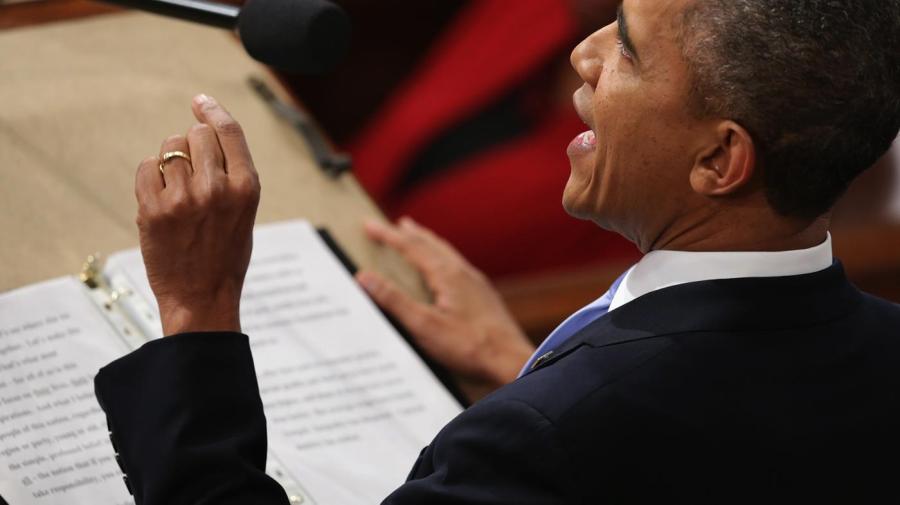How Can Congress Check the President?

Congress can check the president by overriding a presidential veto with a two-thirds majority vote, by confirming or rejecting cabinet members or other appointees the president has selected, and by subpoenaing as witnesses and holding in contempt people to whom the president has offered pardons. In addition, only Congress can initiate legislation, so if a president wants a bill passed, he must lobby Congress.
According to the Encyclopædia Britannica, those who wrote the United States Constitution put in a series of checks and balances to protect liberty and ensure that no one branch of government would become too powerful. The president cannot pass laws without Congress, and Congress cannot pass laws without Presidential approval. Though the presidential veto is a formidable power, the ability of Congress to override it ensures that the president does not have full authority over what becomes law and what does not.
Members of Congress, both of the House of Representatives and the Senate, are elected by popular vote. However, many important positions of government are filled by presidential appointment, including all cabinet positions, Supreme Court justices, and ambassadors and other diplomats. To prevent the president from becoming too powerful by filling these posts with people he potentially controls, these appointments must be approved by a two-thirds majority of Congress. The president balances the judicial branch of government with his power to pardon convicted criminals. Though neither the courts nor Congress can overturn a pardon, Congress has the power to order witnesses to testify, and this power exists outside the power of presidential pardon. This makes it impossible for a president to protect a member of his administration from Congressional inquiry.





